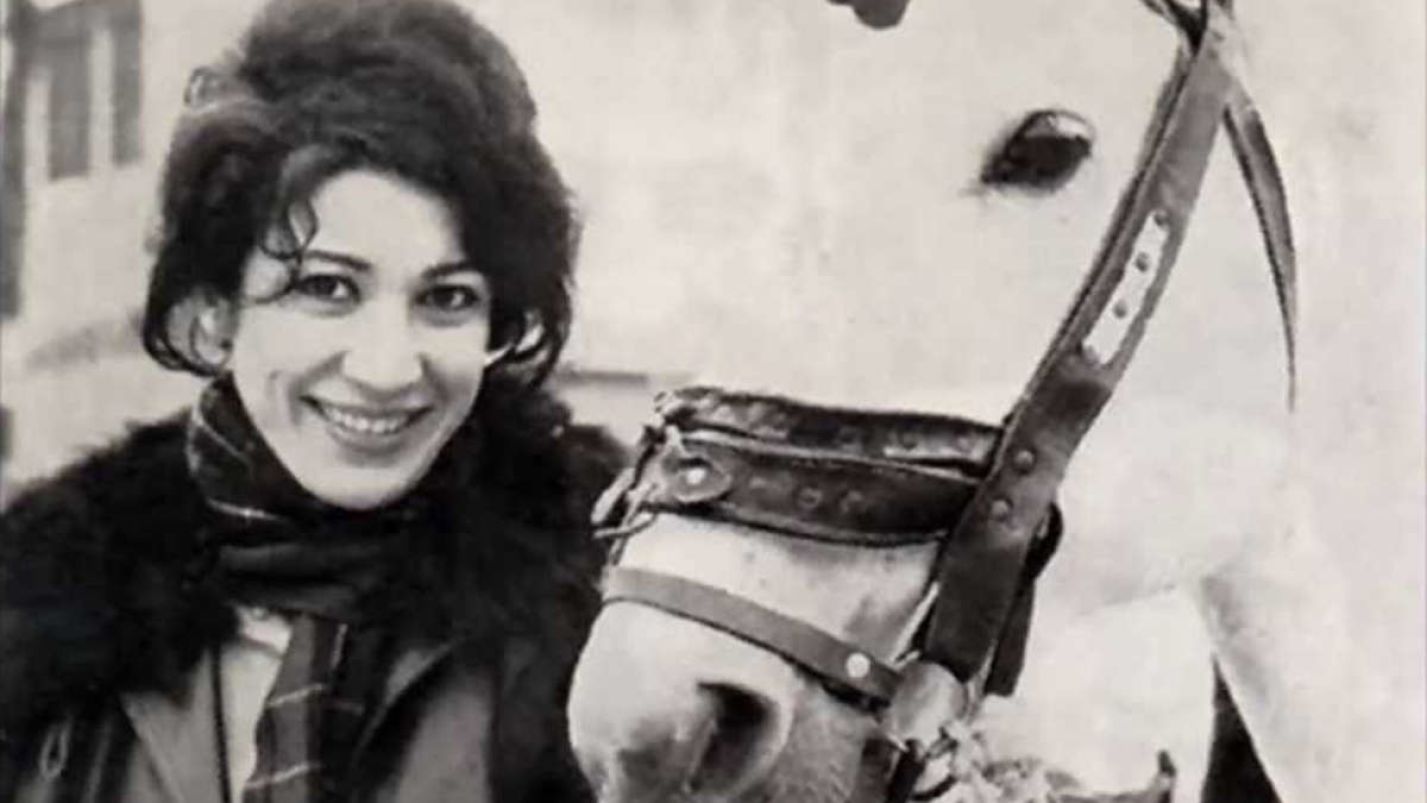Between faith and oppression, the veil in Iran has come to symbolise the condition of women in the country. Experts and scholars discuss it at a conference
The veil, or hijab, is an element of clothing used by many Muslim women as a sign of modesty and religious devotion. In Iran, the wearing of the veil is a subject that has provoked extensive debate and controversy, oscillating between a symbol of faith and cultural identity and a tool of oppression and social control. In 2023, sanctions against women and girls who refuse to wear the veil or wear it incorrectly in Iran were intensified. Since the establishment of the Islamic Republic, the wearing of the veil has been mandatory in public spaces for women. Recently, the Iranian parliament passed a law promoting a culture of chastity and making the hijab, a veil that leaves the face uncovered, compulsory. The new law provides for very severe punishments for anyone who does not comply with these rules, they risk imprisonment from 10 days to 2 months, as was the case under the previous headscarf regulation. The new regulation states that those who violate the regulation and are accused of ‘collaboration with foreign governments, networks, agents and media’ can be sentenced to up to 10 years in prison.
To discuss the issue of the wearing of the Islamic headscarf in its relationship with individual freedom and the protection of women’s rights in Iran, the conference Salutò di nuovo il sole will be held on 27 May in the Multimedia Room of the University of Milan.
The proceedings will be introduced by Pro-Rector Marilisa D’Amico and will include speeches by Monica Amari, expert in cultural policies and president of the Movement for Cultural Rights and Duties, Luisa Motolese, magistrate and President of the Board of Auditors of the University of Milan, with a speech entitled ‘The long march of cultural rights: From the Declaration of Human Rights to the Declaration of Fribourg”, Costanza Nardocci, Associate Professor in Constitutional Law at the University of Milan, with a wide-ranging reconstruction and supranational and constitutional approach on the jurisprudence concerning the obligation to wear the veil in public space with particular reference to the national and European dimensions, Rayhane Tabrizi, an Iranian activist and President of the Maanà Association, who will speak about the current conditions in which women live in Iran and the symbolism of the veil in her country, emphasising the strong political and religious significance that the hijab has taken on, and Sadaf Baghbani, an Iranian activist who was injured during the demonstrations of the Donna Vita Libertà movement.
The meeting aims to promote reflection on the condition of women in Iran and their rights, exploring the meaning of the Islamic veil. The various aspects of the veil will be examined, which can be seen both as an expression of cultural identity and personal choice, and as an imposition and symbol of oppression by the State. During the conference, experts and scholars will discuss the legal, sociological, cultural and historical aspects of the topic under discussion.
The relationship between human rights and women’s rights, religious freedom and the protection of individual rights within groups will be analysed, using the Iranian case as a key example. This event aims to provide a unique opportunity to examine sensitive issues such as personal freedom and the protection of women’s rights. The aim is to foster meaningful dialogue and productive exchange, opening new perspectives to reflect on the state of women’s human rights globally.
Greeting the Sun Again, hence the name of the conference, is the title of a poem by Forough Farrokhzad, Iranian poet, filmmaker and feminist writer, one of the most important representatives of Iranian modernity. Here is the full text:
I will greet the sun again,
and the stream that flowed in my chest,
I will greet the clouds of my long thoughts
and the painful growth of the poplars in the garden
That have travelled with me through the arid seasons.
I will greet the flocks of crows
that in the evening brought me
the smell of the nocturnal fields.
I will greet my mother, who lived in the mirror,
image of my old age.
And I will greet the earth, its burning desire
to repeat myself and fill with green seeds
its inflamed womb
yes, I will greet her
I will greet her again.





